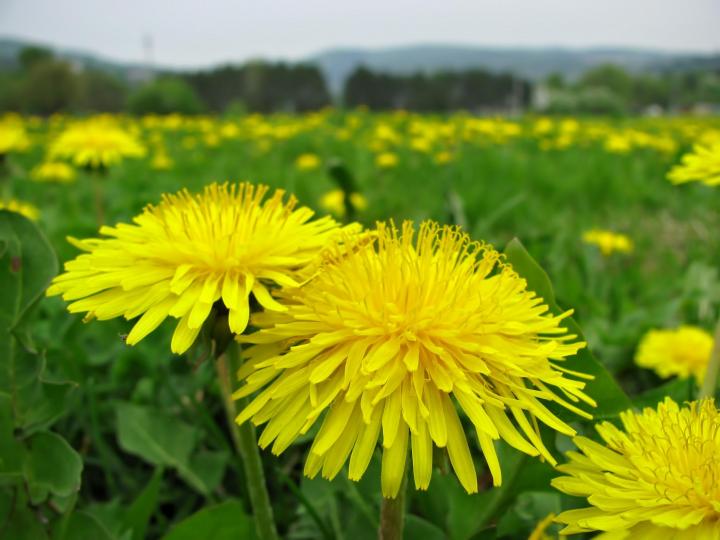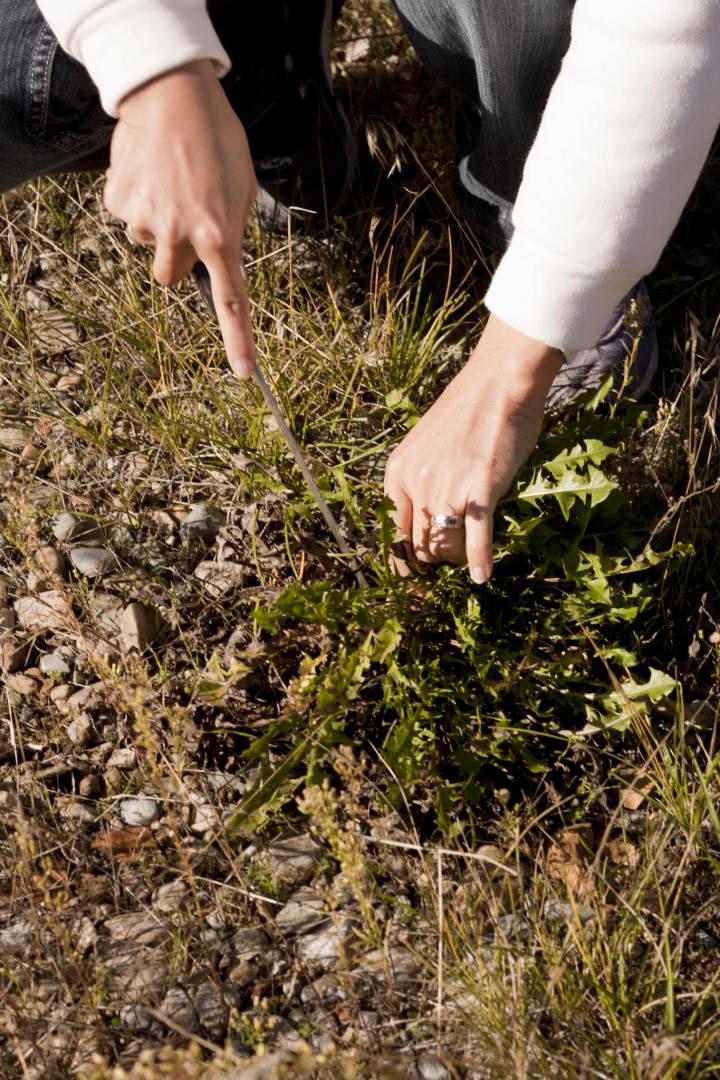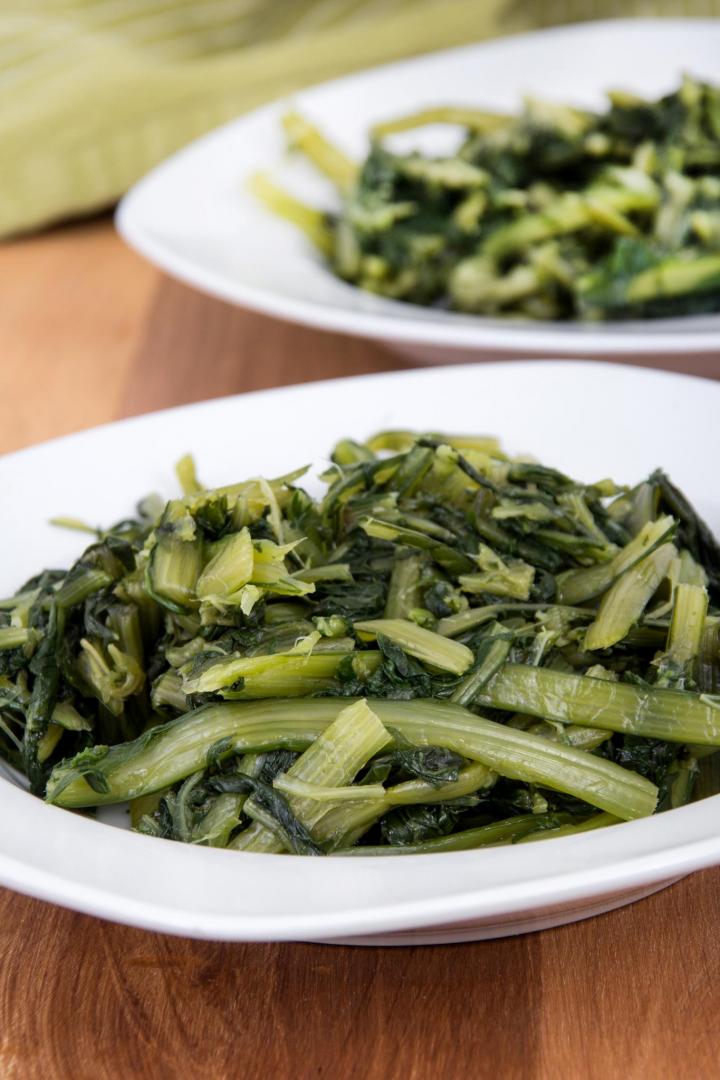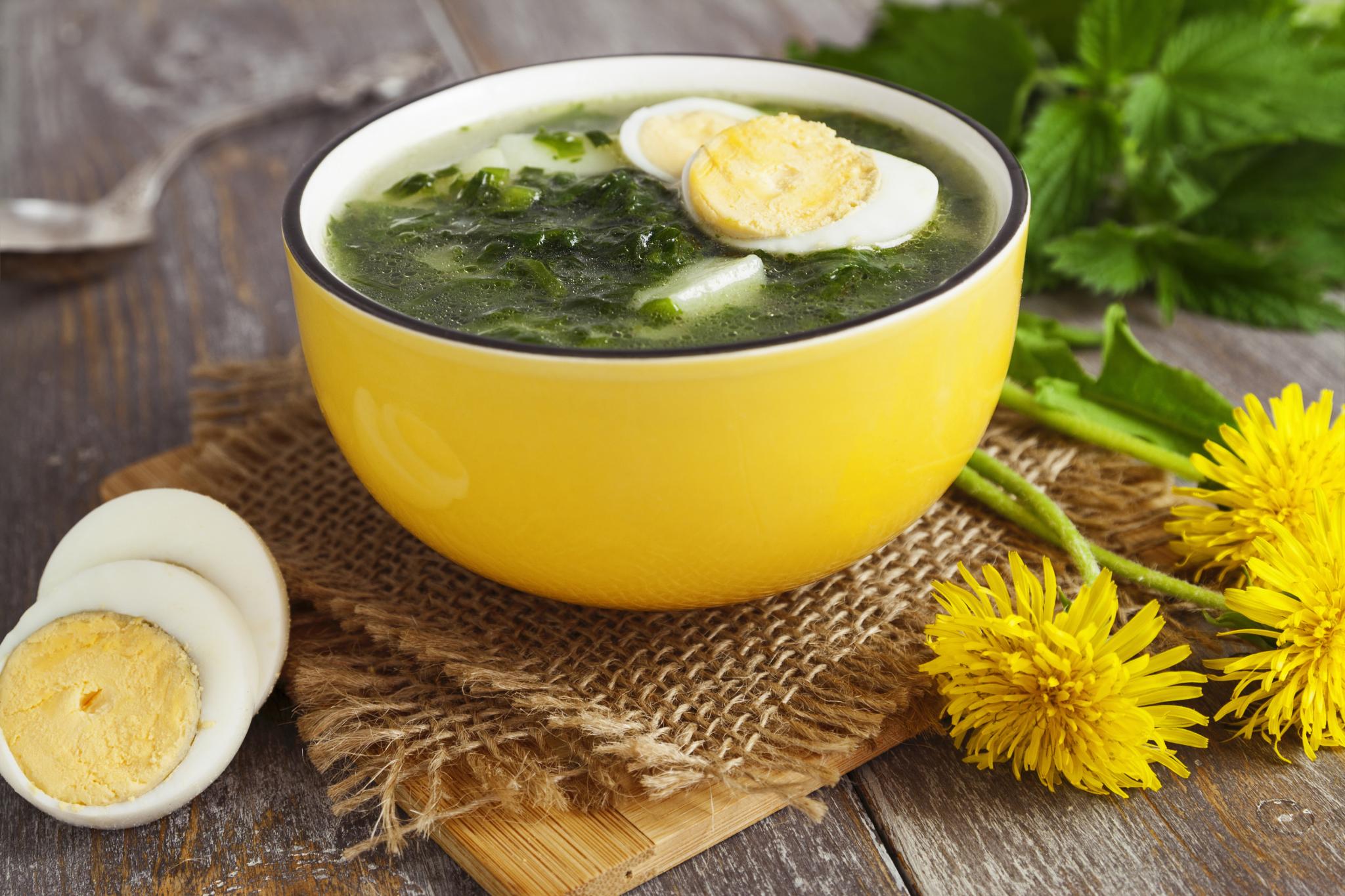
ADVERTISEMENT
Dandelions are pollinators as well~I have some growing in containters~almost ready to harvest~
They are wonderful pollinators! Thanks for enjoying these fun native flowers!
I pray you find the lost dandelion fork!
I have tried to establish dandelions on my property for years now....collect the seeds and disperse. However, none ever come up, even though they grow along the roadside where I live. Any suggestions?
does anybody have a recipe for dandelion wine?, my Father told me once, that the best wine he ever had, was dandelion wine, and I can't find a recipe for it! I would love to make it for him and send it to him in Florida as he is retired now!
it just think you would be a great treat for him! for his 81 birthday! birthday is in August and if I start now I think I'll have enough time to ferment it and send it to him! I know that the wine he drank was from Jersey so I don't know if that would help, as far as the recipe? anyway any advice would be most appreciated thank you and God bless!
I follow Jackkeller.net. He had over 150 recipes, easy to follow. A wine blog. Very user friendly. Makes delicious wine.
I grew up making a pie with dandelions, nettles, milk-thistles, with some spinach (or silverbeet - whatever was available) ... made it as you would a spinach quiche! 'weed pie' was always present at Sunday lunch with homemade bread and cheese <3
I picked 3 qt. of blossoms to make one batch of jelly for first time. my question, how do you get just the yellow petals without the green? I cut off the base of the blossom but still had lots of green left behind. my jelly did turn out wonderful but I was afraid the "dandelion water" was so dark and brownish that it would not taste or look good. what is the secret for getting only the yellow petals. thanks so much, my family is excited to try the jelly.
I did A LOT of this yesterday for the first time. I find what worked best for me is to take the green part (bottom) of the flower and roll it between my thumb and forefinger (giving it a good squeeze as I did). As I rolled and squeezed the base, the petals broke off inside and worked their way outward into a nice little puff of petals. Then you just grab that puff and it falls away from the green parts. Sooo much easier than the method I researched which suggested snipping each one with scissors.
Thank you for sharing your wisdom. I was wondering, could you point me in the direction of where I might find a dandelion fork tool or could you post a picture?














